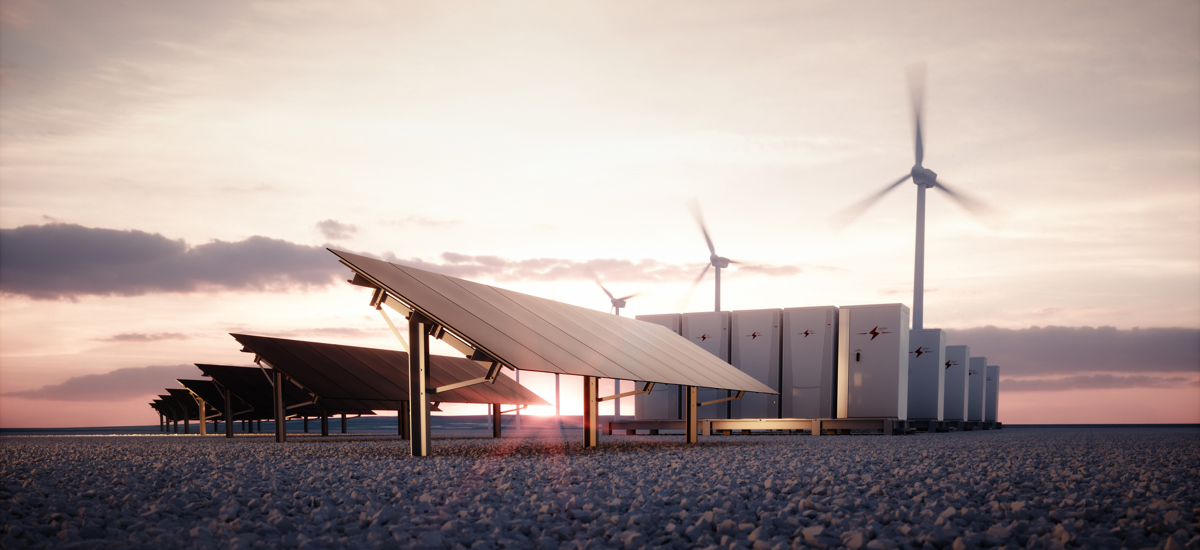I recently took part in a Q&A discussion with The Engineer to talk about net zero and the challenges for the UK energy sector.
To set the scene from a Centrica perspective, by 2030, we want to have helped our customers cut their emissions by 25%, in line with the Paris Agreement. We’ll do this directly, through products and services that encourage more sustainable energy usage, and indirectly through enabling a cleaner energy system.
Ultimately, changing our relationship with energy is crucial. Businesses are actively working to reduce their emissions and their bills. Cities and governments are beginning to transform how they use and manage energy – from electrifying public transport to helping bring more renewables onto the grid.
1) In what ways are net-zero ambitions compatible with the demands of large electricity users?
In many ways, large energy users are better placed to reach net zero in energy terms than smaller businesses. Practically speaking, large energy users tend to have dedicated resource in-house, such as an energy manager, and dedicated budget for implementing energy saving measures. They also are more likely to own their premises making infrastructure changes much more straightforward. Many will have internal corporate objectives and shareholder pressure to reduce emissions. For some, they will also be subject to the EU emissions trading scheme, which provides additional cost incentive for reducing emissions.
2) Which nascent technologies should government be backing in order to help reach net-zero?
Flexibility is the key to meeting net zero in energy. Renewables are a necessity in decarbonising our energy, but they are inherently variable.
The question is, how are these gaps in generation filled? At present much of this is by burning fossil fuels. We see a future where homes, small businesses and our large energy users are connected as a virtual power plant and are able to make electricity generated by onsite renewables and stored locally, available to the grid. Equally, some would be incentivised to reduce their demand during peak periods.
We are investing in understanding how these markets could work, through our Cornwall Local Energy Market project – where 250 homes and businesses are providing flexibility services to both the local and national grid network.
We’ve asked the Government to commit to leading on the delivery of fully functioning flexibility markets by 2023 in order to support renewables and meet net zero targets.
3) Decentralisation is often cited as a way of reducing emissions from energy, but how realistic is this aim across the UK?
The existing energy network was designed for a world of energy flowing from large power stations to passive customers. As we transition to a world with significant renewable deployment and increasingly complex energy flows, so the traditional networks are likely to face new challenges.
The future energy system is likely to be one where energy is generated closer to the point of demand and Centrica is helping customers move to that new reality.
Larger energy users – such as manufacturers – can take control of their energy and turn it into an opportunity to reduce costs and carbon intensity whilst increasing energy resilience.
Those companies that don’t adapt will be at a significant disadvantage. Those companies that adapt quickly will be able to lower costs and improve resilience.
4) What grid-level changes will need to take place to accommodate increasing amounts of electricity generated by renewables?
Obviously there has been a lot of talk about reaching net zero, but what has perhaps not got the attention it deserves is that power demand will potentially double by 2050 – due to the transition towards electric vehicles and the electrification of heating.
There are a couple of methods of meeting the extra demand, the first is huge investment in centralised energy generation, more power stations and an upgraded grid. The second is shifting to a more decentralised model, where generation is moved closer to the point of demand. In our view, the decentralised model is more customer-centric, allowing customers to take control over the cost, carbon intensity and reliability of their power, and is therefore likeliest to succeed.
The key to expediting the energy transition is incentivising customers to provide flexibility to the grid. For too long, large scale generators have been advantaged in providing flexibility services to the grid, however homes and businesses are a huge source of flexibility, through reducing demand when needed or providing electricity they have stored or are generating. Analysis by Imperial College London with the Carbon Trust for Government suggested the UK could save £17-40bn across the electricity system from now to 2050 by deploying flexibility technologies.

